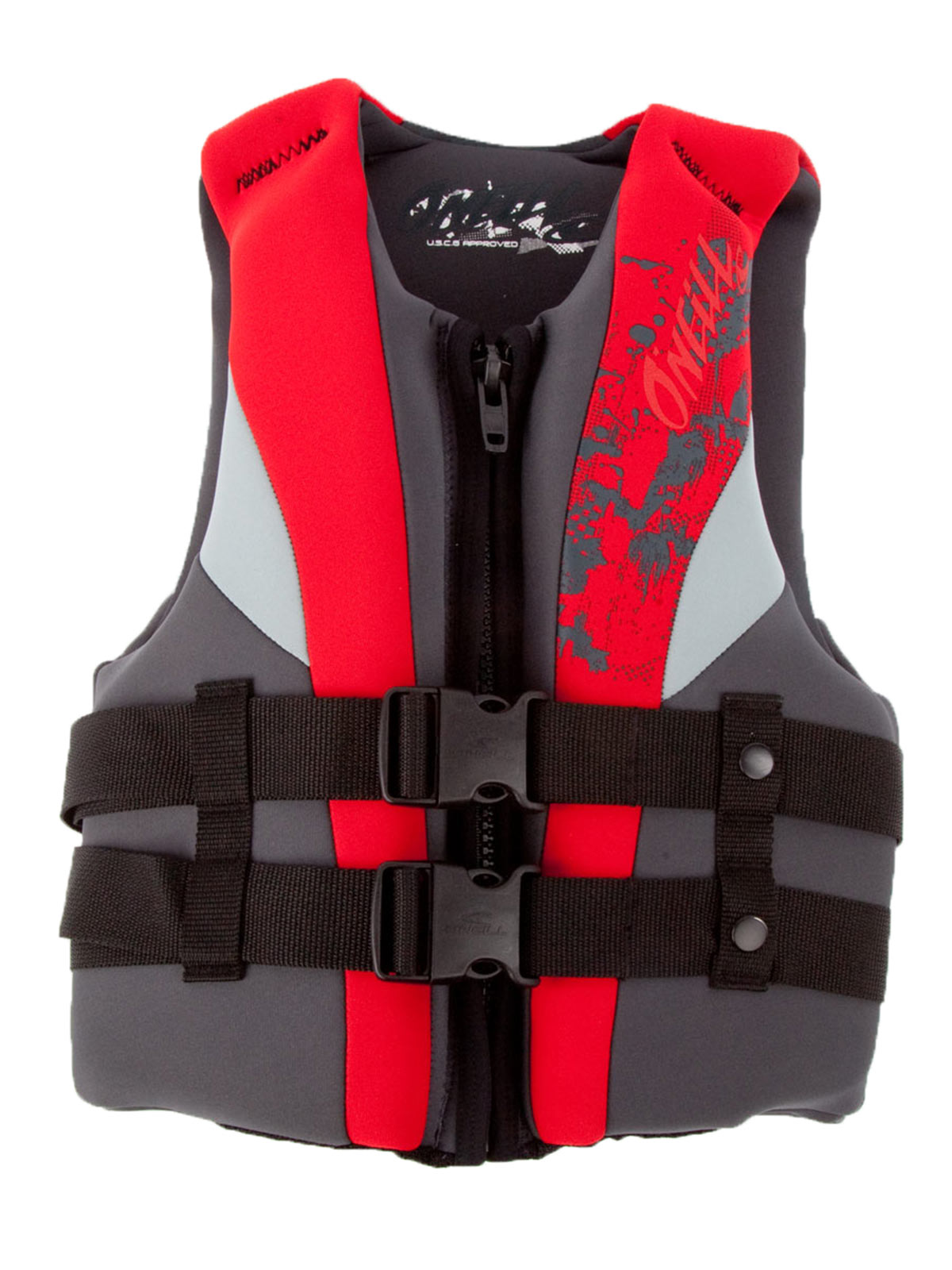Safeguarding Young Lives: Choosing the Right Youth Life Jacket
Imagine a sun-drenched day at the lake, the wind whipping through your hair as your kids splash and play in the water. It's a picture of idyllic summer fun, but one that can quickly turn tragic without the proper safety precautions. In the world of water safety, few things are as crucial as a well-fitting, reliable life jacket, particularly for children. Choosing the right personal flotation device (PFD) isn't just about following regulations; it's about providing peace of mind and ensuring the safety of the young ones who matter most.
Life jackets for youth are more than just buoyant vests; they are essential safety devices designed to keep children afloat and their airways clear in the event of an unexpected fall into the water. While adult life jackets might seem suitable, youth-specific designs are crucial for their smaller frames and unique needs. These PFDs offer a snugger fit, ensuring they stay secure even in rough water, and often feature enhanced buoyancy and head support specifically designed to keep a child's face above the surface. Selecting the right youth life jacket can be a daunting task given the variety of options available, but it's a responsibility that shouldn't be taken lightly.
The history of life jackets dates back centuries, evolving from simple cork or wooden devices to the sophisticated, technologically advanced PFDs we have today. While initially used primarily by sailors and maritime workers, their importance for recreational activities has grown significantly, especially for children. Modern youth life jackets utilize advanced materials and designs to provide optimal buoyancy, comfort, and visibility. Understanding the evolution and the critical role these devices play in water safety underlines the importance of choosing the correct life jacket for every child.
One of the primary concerns when selecting a youth life jacket is ensuring the correct fit. A life jacket that's too large can easily slip off in the water, rendering it useless, while one that's too tight can restrict movement and cause discomfort. It's essential to check the weight and chest size guidelines provided by the manufacturer and to try the life jacket on before purchasing. Beyond the fit, factors like the intended activity (calm lake versus open ocean), the child's swimming ability, and any special needs should be considered. Proper fitting and selection are key to maximizing the effectiveness of the life jacket.
A Type III life jacket, often referred to as a flotation aid, is generally the most suitable for youth involved in recreational boating and water sports. These jackets allow for greater freedom of movement while still providing adequate buoyancy. They are designed for calm, inland waters where there's a good chance of quick rescue. In contrast, Type I offshore life jackets, designed for rough seas and extended survival times, might be too bulky and restrictive for children in recreational settings. Understanding the different types of PFDs is crucial for making informed decisions based on the specific water activities your child will be participating in.
Benefits of the appropriate youth life jacket include increased safety, improved confidence in the water, and greater peace of mind for parents and guardians. A well-fitting life jacket allows children to enjoy water activities without the constant fear of sinking, encouraging them to explore and develop their swimming skills. This increased confidence translates into a more enjoyable and enriching experience for everyone involved.
Advantages and Disadvantages of Different Youth Life Jacket Types
| Type | Advantages | Disadvantages |
|---|---|---|
| Type II (Near-Shore Buoyant Vest) | Turns most unconscious wearers face-up; suitable for calm inland waters | May not turn unconscious wearers face-up every time; more bulky than Type III |
| Type III (Flotation Aid) | Good for conscious wearers in calm waters; allows for greater freedom of movement | Not designed for turning unconscious wearers face-up; less buoyant than Type I or II |
Best practices for implementing life jacket safety for youth include regular inspection of the PFD for wear and tear, practicing in the water with the life jacket on, educating children about its importance, and ensuring proper storage when not in use. Always supervise children when they are near or in the water, even if they are wearing a life jacket.
Frequently Asked Questions:
Q: How do I choose the right size life jacket for my child?
A: Check the manufacturer's weight and chest size guidelines.
Conclusion: Choosing the best life jacket for youth is a crucial step in ensuring their safety and enjoyment of water activities. By understanding the different types of PFDs, selecting the right fit, and following best practices, parents and guardians can provide their children with the essential protection they need to explore the water with confidence. A well-chosen life jacket offers more than just buoyancy; it provides peace of mind, knowing that your child is equipped to handle unexpected situations and enjoy the water safely. Invest in a quality youth life jacket and instill safe water habits - it's an investment that could save a life.
Upgrade your curb appeal with the right yellow a guide to sherwin williams exterior yellows
Is the 57 vortec a reliable engine choice
Unlocking the secrets of gothic fonts copy paste and create













